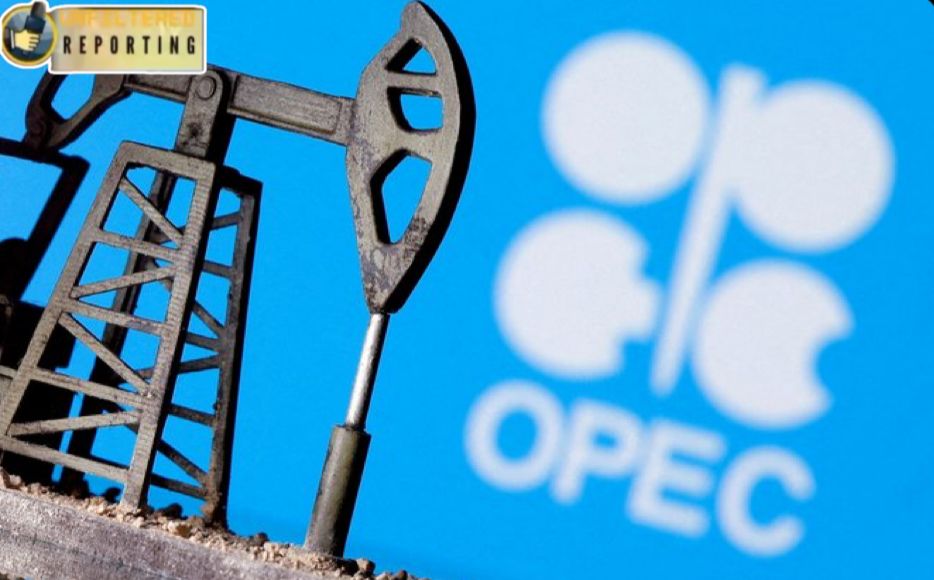OPEC+ Approves Additional 137,000 Barrels Daily Oil Output for October

The Organization of the Petroleum Exporting Countries and its allies, OPEC+, has agreed to increase crude oil production by an additional 137,000 barrels per day (bpd) starting in October 2025.
This adjustment marks the latest step in the coalition’s strategy to gradually phase out voluntary production cuts that were introduced to stabilise the market following price volatility in recent years. The fresh output rise builds on earlier decisions that have collectively added about 2.5 million bpd since April, signalling a consistent policy shift by the group. OPEC+ had initially implemented deep cuts to protect prices during periods of weak demand, but with market dynamics changing, the alliance is now steadily restoring supply. Industry experts describe the increase as a cautious move aimed at balancing the need for higher production with fears of potential oversupply. Global oil demand has shown mixed signals in 2025, with steady consumption in the United States and parts of Asia, but weaker growth in Europe and some emerging markets. Prices for benchmark crude grades, including Brent and WTI, have remained volatile, reflecting investor uncertainty about the group’s continued supply additions. Analysts warn that if demand growth slows further, the sustained output increases could put downward pressure on prices. Reports indicate that the bulk of the new barrels will likely come from Saudi Arabia and the United Arab Emirates, the two OPEC+ members with significant spare production capacity. Other producers, particularly in Africa and Latin America, are said to be operating near their current output limits, which may constrain their ability to contribute to the collective increase. This uneven distribution underscores the reliance of OPEC+ on its largest producers to maintain market balance while ensuring compliance across the broader alliance. For oil-dependent economies, the strategy presents both opportunities and risks. Higher output volumes could support export earnings and strengthen market positions, but the prospect of weaker prices remains a concern. Financial analysts have already lowered their price projections for 2025 and 2026, citing the impact of additional supply on global benchmarks. Countries like Nigeria, which rely heavily on crude revenues to finance government budgets, are watching developments closely. A prolonged price dip could affect fiscal projections, foreign reserves, and currency stability, even if overall export volumes rise. OPEC+ ministers are expected to continue reviewing production levels at regular intervals, leaving room for further adjustments depending on global demand and inventory trends. Compliance with production quotas will remain critical to the effectiveness of the group’s strategy, as previous agreements have sometimes been undermined by overproduction among member states. As the 137,000 bpd increase takes effect in October, energy markets will be closely monitoring the impact on supply-demand dynamics, price movements, and the financial health of oil-exporting nations. The decision marks yet another chapter in OPEC+’s ongoing efforts to balance economic priorities with global market stability.









